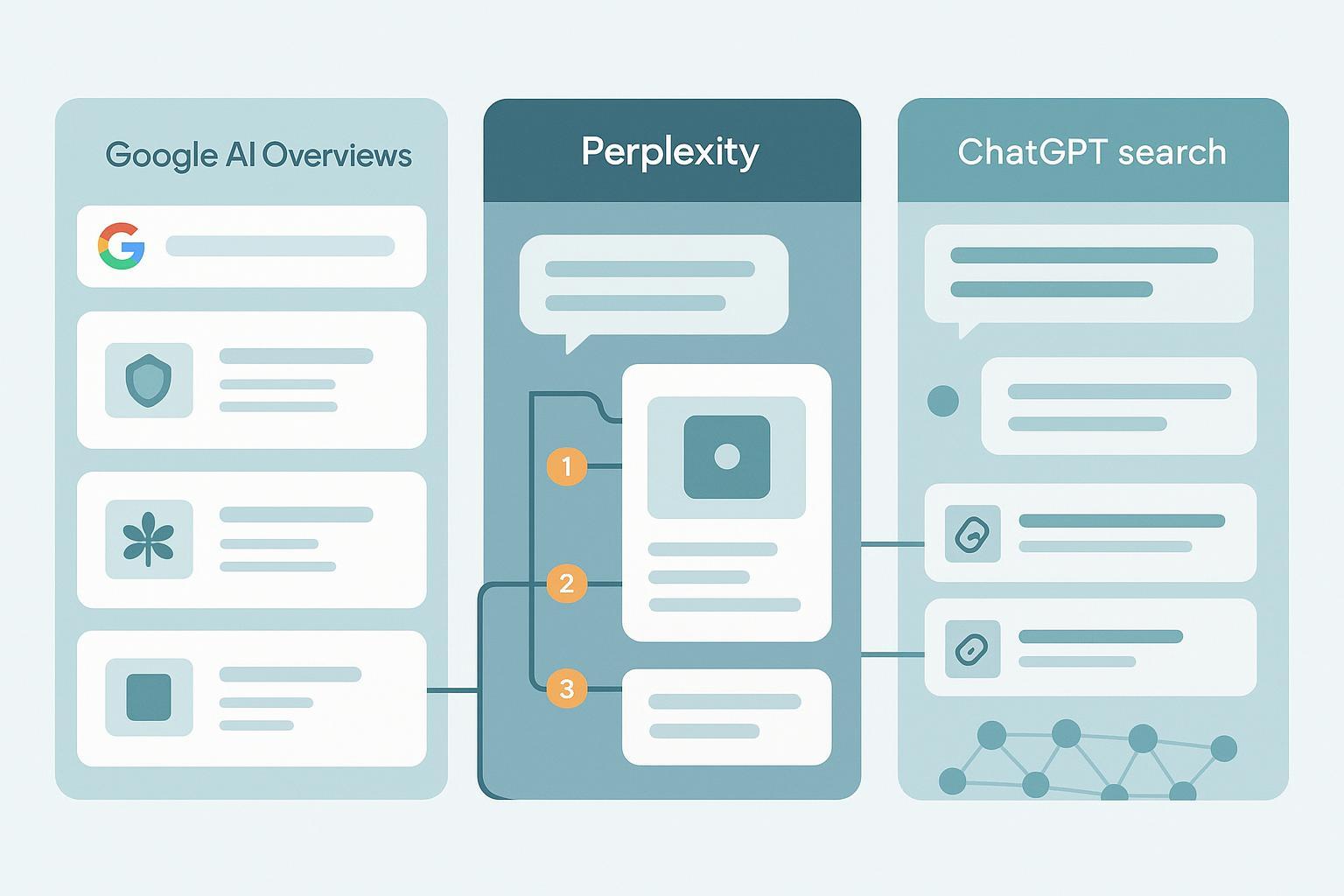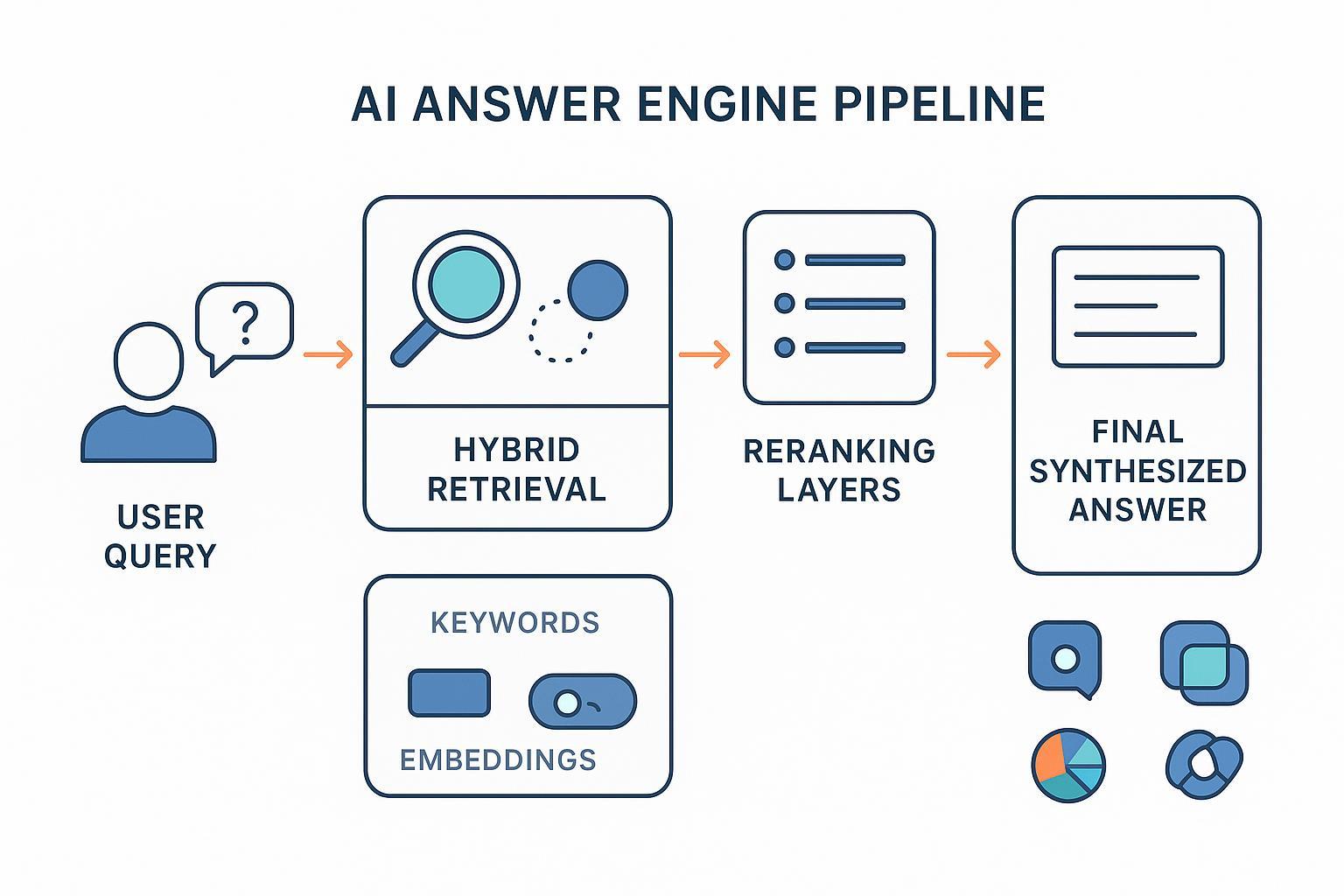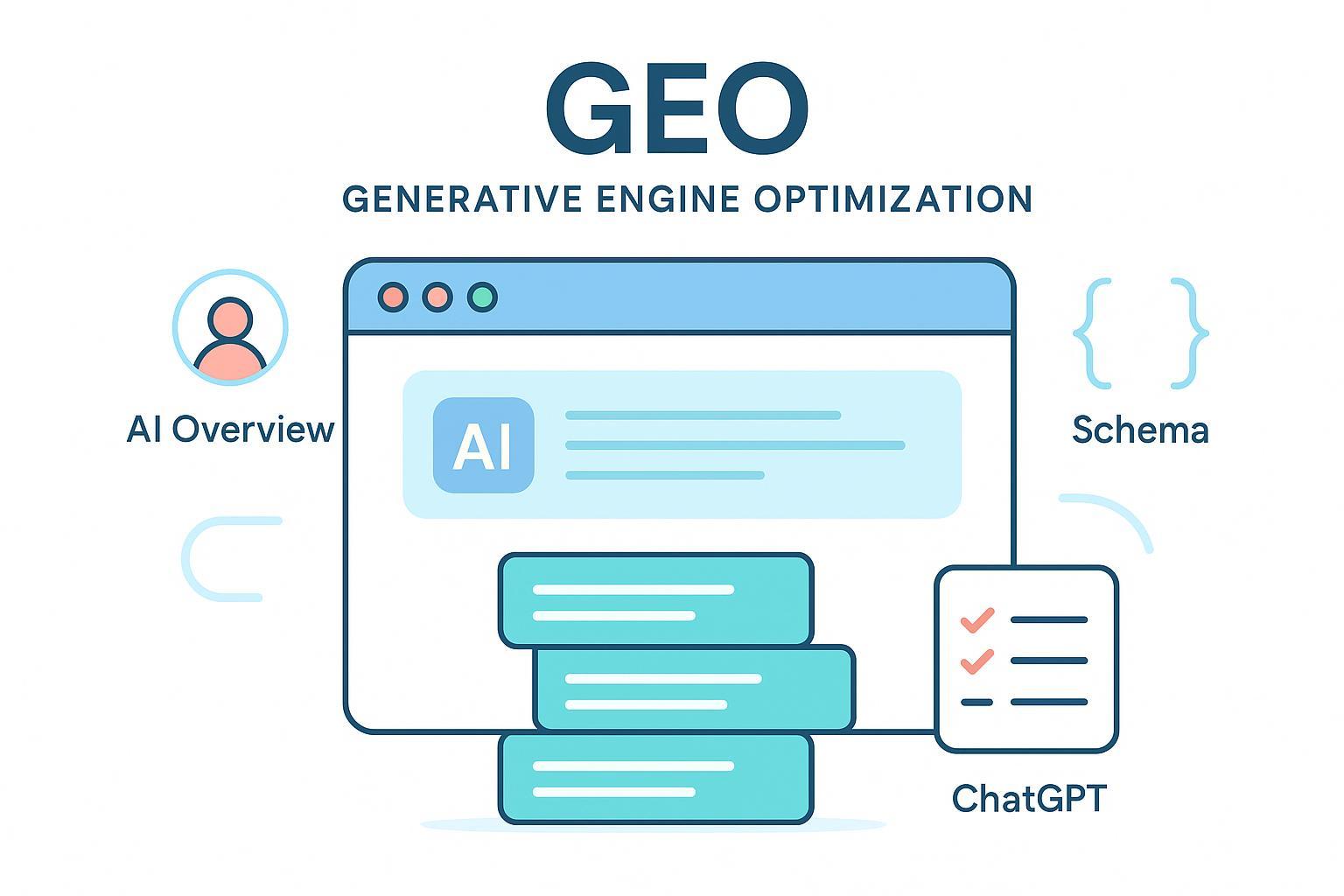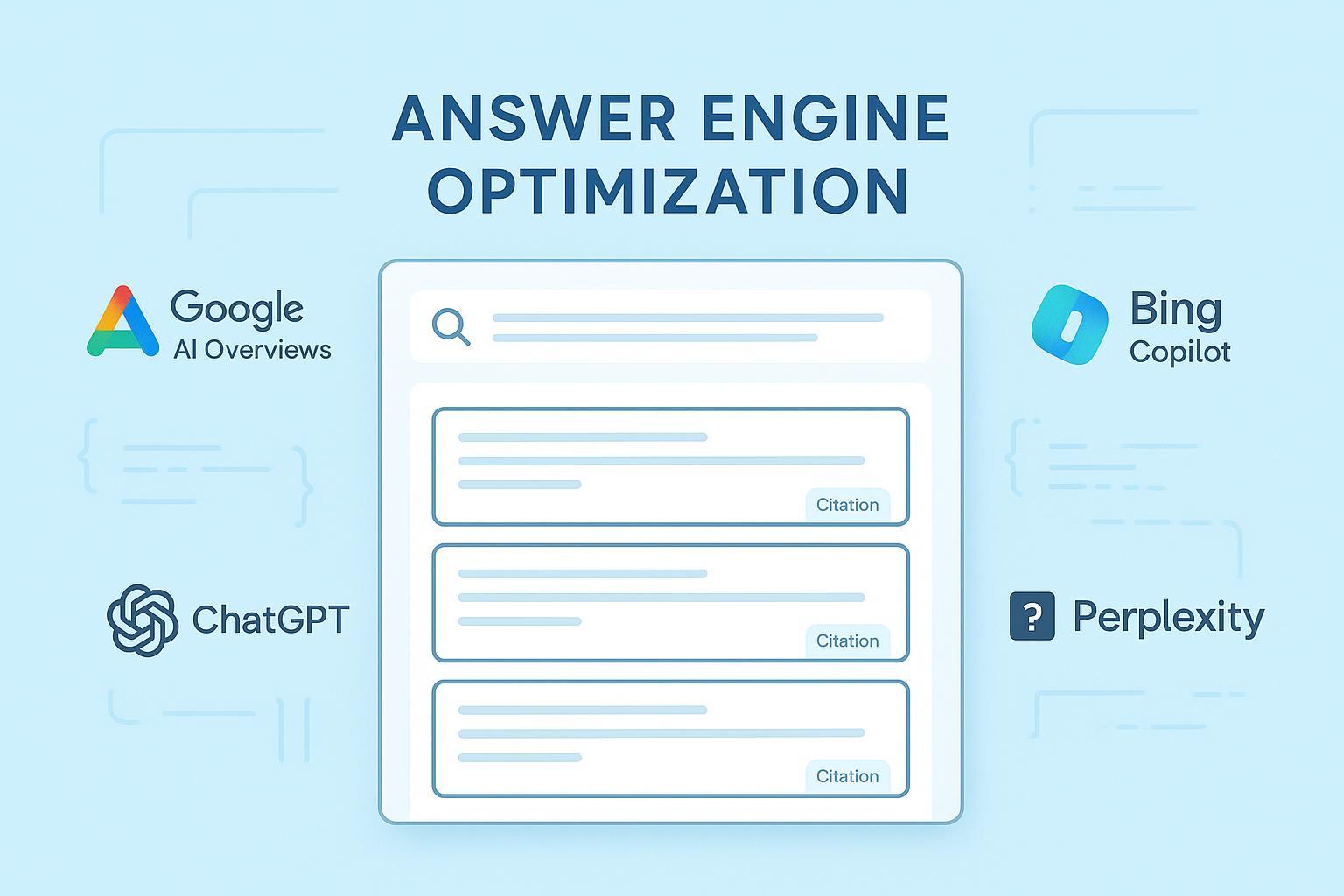Mobile-First Indexing & AI: Best Practices for 2025 Content Creators
Discover actionable mobile-first and AI search best practices for 2025. Advanced strategies for content creators optimizing for Google, answer engines, and GEO.

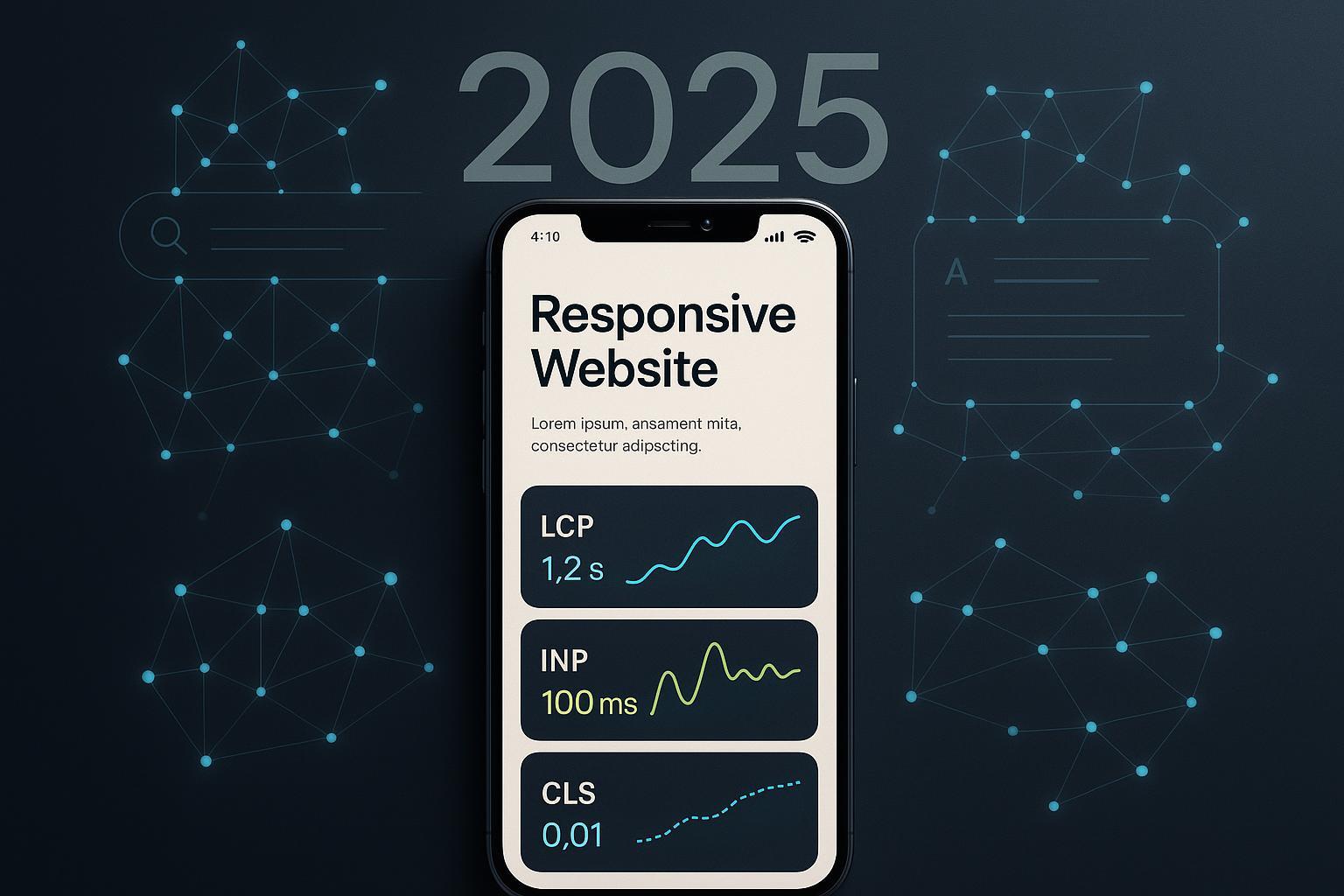
In 2025, “mobile-first” is no longer a project—it’s the default reality. Google predominantly crawls with a smartphone bot, evaluates real-user mobile performance, and rewards content that is fast, accessible, and complete on small screens. In parallel, AI-driven answer experiences (like AI Overviews and chat-style engines) reward pages that express clear, verifiable answers with strong entity signals. This guide distills what’s actually working across advanced SEO and AI search optimization so your content can win on both fronts.
1) Mobile parity and crawlability: earn trust from the crawl up
What I’ve consistently seen derail rankings in 2025 isn’t “thin content” in the abstract—it’s mobile content gaps and crawl barriers.
Do this first:
- Prefer responsive design. Avoid m-dot or dynamic serving unless you have strong dev governance. Responsive minimizes parity drift.
- Enforce content parity. The mobile viewport must include the same primary content, links, structured data, and meta as desktop. Google’s guidance remains explicit on parity and responsive design in the smartphone era, as documented in the official Mobile-first indexing best practices (Google, 2024–2025).
- Validate with real tools. Use Search Console’s URL Inspection (smartphone crawler), render to verify what Googlebot sees, and run Rich Results Test for structured data parity.
- Log the smartphone bot. Confirm crawl frequency and 200/304 rates for the smartphone user-agent. Fix 4xx/5xx at source; mobile errors compound quickly.
- Keep robots.txt and meta robots simple. Don’t accidentally block CSS/JS essential to mobile rendering.
When to go deeper:
- If you rely on client-side rendering, test critical content hydration on throttled 4G. If key copy, internal links, or schema don’t hydrate within 3–4 seconds, consider server-side rendering or streaming.
- For infinite scroll, implement paginated URLs and link them; ensure the smartphone bot can discover beyond the first viewport.
2) Performance where it counts: Core Web Vitals on mobile
INP replaced FID in 2024, and mobile real-user data is the reference. Your thresholds in 2025:
- LCP: ≤ 2.5 s (good)
- CLS: ≤ 0.1 (good)
- INP: < 200 ms (good)
Google’s Core Web Vitals documentation consolidates current thresholds and measurement details; keep it bookmarked: Core Web Vitals (Google Search Central, updated through 2025).
What moves the needle fastest on mobile:
- Budget JavaScript. Cap main-thread long tasks; split bundles; lazy-load non-critical UI. Defer analytics and heatmaps until interaction.
- Prioritize hero content. Preload the LCP resource; set fetchpriority="high" on the hero image; compress images (AVIF/WebP), and size images explicitly to curb CLS.
- Tame fonts. Use font-display: swap; subset and preconnect origins.
- Kill layout jank. Reserve space for ads/embeds with fixed dimensions; avoid inserting DOM above-the-fold after initial paint.
- Adopt interaction hygiene. Batch DOM updates; avoid heavy event handlers on scroll/touch; move non-urgent work to idle callbacks or workers.
Operational practice:
- Test with PageSpeed Insights and CrUX for field data, then reproduce bottlenecks in WebPageTest and Lighthouse. Track the mobile 75th percentile, not lab-only scores.
- Add performance budgets to CI. Fail builds when JS, CSS, or LCP image sizes regress beyond agreed thresholds.
3) Structured data in 2025: align with what’s actually supported
Schema still matters—for both traditional rich results and AI understanding—but only when it mirrors visible content and current support.
- Prefer JSON-LD. Keep it in sync with on-page content. Validate with Rich Results Test and Search Console.
- Be selective. In June 2025, Google announced a simplification of rich results, removing support for several schema types. Confirm current eligibility in the “Simplifying the search results page” update (Google, 2025) before investing in deprecated types.
- FAQ and HowTo. Availability and eligibility have tightened over the past year. Check current status in the Search Gallery before planning content formats.
- Speakable for news. Still limited and best for short TTS-ready excerpts; ensure the spoken content is visible and accurate.
For AI engines, entity clarity helps:
- Put a concise, source-backed answer near the top.
- Use clear headings, definitions, and lists; tie to entities people actually search for.
- Ensure organization/person/product markup is accurate where relevant.
4) GEO for AI and answer engines: make your content citably helpful
Optimization for AI Overviews and answer engines is less about keyword density and more about clarity, verifiability, and entity grounding.
Working tactics:
- Structure a “concise answer” block: 2–4 sentences that directly address the query, followed by expandable detail and references.
- Provide unique value. Original data, firsthand experience, and proprietary visuals tend to earn more citations than rehashed summaries.
- Tighten entity signals. Use precise terms, consistent naming, and contextual internal links to your most authoritative explainer pages.
- Improve citation readiness. Make it easy to attribute: stable URLs, descriptive headings, and clean anchor fragments for sections.
- Monitor inclusion patterns across engines and iterate. AI surfaces shift; expect to refine formatting and sourcing over time.
Google’s owner guidance on how content is considered for AI features is the best baseline: see AI features and your website (Google, 2025).
5) Accessibility for mobile: UX that reaches everyone (and prevents regressions)
Accessibility has become a ranking-neutral, risk-critical quality factor—and it’s tightly coupled with mobile usability.
- Touch targets. Aim for at least 24 × 24 CSS px for tappable elements to reduce accidental taps.
- Keyboard and focus. Ensure visible focus states and that focus isn’t obscured by sticky elements.
- Gestures. Provide alternatives to drag-only or complex gestures.
- Forms. Minimize repeated input and support accessible authentication.
For authoritative criteria and techniques, work from the WCAG 2.2 specification (W3C, 2023–2025). Build automated checks into CI and complement with manual testing on small devices and screen readers.
6) App SEO and deep linking: connect web, app, and search
If you have a mobile app, deep linking improves user experience and clarifies relationships for indexing.
- Android App Links. Publish assetlinks.json under /.well-known/ with SHA-256 fingerprints, and configure intent filters with autoVerify. Reference: Digital Asset Links (Google, 2025).
- iOS Universal Links. Enable Associated Domains, host apple-app-site-association under /.well-known/, and map route paths. Reference: Allowing apps and websites to link to your content (Apple Developer, 2025).
- Canonicals and parity. Keep canonical relationships clear between app and web content; avoid orphaning deep content exclusively inside the app.
Test across devices and OS versions, and verify that search-driven sessions resolve to the right context without interstitial friction.
7) Internationalization: hreflang that scales
Mobile-first doesn’t change hreflang fundamentals, but complexity grows with more locales.
- Use canonical URLs in hreflang; include self-referencing and reciprocal tags.
- Choose one implementation per URL (HTML head, XML sitemap, or HTTP headers) and stay consistent.
- Avoid pointing hreflang at redirected or parameterized URLs; include x-default for global fallbacks.
- Build translation QA into releases: verify content parity and encoding for non-Latin scripts on mobile.
8) Privacy and measurement: Consent Mode v2 without wrecking UX
Consent UX can harm mobile vitals if implemented poorly; done well, you can preserve measurement fidelity and respect privacy.
- Understand signals. Beyond ad_storage and analytics_storage, Consent Mode v2 adds ad_user_data and ad_personalization.
- Implementation approaches. Basic mode blocks tags until consent; Advanced mode uses cookieless pings and modeling until a decision.
- Practical UI. Minimize intrusive banners, ensure accessible controls, and defer non-essential tags.
For current parameters and behaviors, start with Consent Mode for Google tags (Google support, 2024–2025).
9) AI crawlers and robots controls: allow the good, manage the noisy
Answer engines and model trainers crawl the web differently. Decide your stance, document it, and enforce it.
- OpenAI’s GPTBot respects robots.txt; allow or block explicitly per path as needed. See GPTBot user-agent details (OpenAI, 2024–2025).
- Some crawlers have been observed bypassing directives. Cloudflare documented undeclared crawlers associated with Perplexity that evaded no-crawl rules; consider WAF rules and IP reputation controls in addition to robots.txt. See Cloudflare’s analysis of stealth crawlers (2025).
- Consider publishing an LLM.txt policy to state acceptable use, even if enforcement varies by crawler.
Monitor server logs for atypical user-agents, request bursts, and origin ASNs.
10) Practical example: building an AI visibility feedback loop
Here’s a lightweight workflow we’ve used to keep content aligned with AI answer engines while respecting mobile-first fundamentals:
- Start with a weekly review of priority topics. Capture the exact phrasing AI engines use when citing or summarizing topics.
- Add or refine a “concise answer” section at the top of the relevant page, grounded in your unique data or experience.
- Validate mobile parity and structured data, then ship and monitor inclusion changes.
To monitor brand mentions and citations across AI engines in one place, we use Geneo to track cross-engine visibility and sentiment as part of this loop. Disclosure: Geneo is our product.
11) Measurement that persists: dashboards, cadences, and governance
Sustained wins come from steady, cross-functional routines.
- Weekly
- Review top pages’ mobile CWV using CrUX-based tools; open tickets for regressions.
- Check smartphone crawl health and coverage.
- Scan AI surfaces for target topics and log inclusion notes with URLs and phrasing used by engines.
- Monthly
- Audit structured data against current support; remove or adjust deprecated types.
- Reconcile consent metrics and modeled conversions with analytics stakeholders.
- Reassess “concise answer” sections that underperform and test variations.
- Release QA
- Block merges that exceed performance budgets or break accessibility checks.
- Verify hreflang integrity for any newly localized pages.
12) Pitfalls I still see (and how to avoid them)
- Optimizing for deprecated schema. Always confirm eligibility before investing. The 2025 simplification removed support for multiple types.
- Hiding critical content behind tabs/accordions that never hydrate on mid-tier Android devices. Test on throttled 4G and low-memory devices.
- Fragmenting content between app and web with no canonical clarity. Use deep linking with correct association files and keep content parity.
- Consent banners that block rendering or trap focus. Treat them like any other critical UI—perf budget, accessibility checks, and QA.
- Chasing AI answers with generic summaries. Lead with unique value: proprietary data, firsthand workflows, or contrarian insights you can defend.
13) Implementation checklists (copy-paste into your workflow)
Mobile parity and crawlability
- [ ] Responsive layout; no m-dot
- [ ] Same primary content, links, and metadata on mobile
- [ ] Structured data parity; JSON-LD validated
- [ ] Smartphone Googlebot rendering verified in URL Inspection
- [ ] Robots.txt/meta robots allow essential CSS/JS
- [ ] LCP ≤ 2.5 s; hero image preloaded/compressed
- [ ] CLS ≤ 0.1; fixed dimensions for ads/embeds
- [ ] INP < 200 ms; long tasks split; defer non-critical JS
- [ ] Fonts optimized; preconnect and swap
- [ ] CI budgets for JS/CSS/image size
Structured data and AI readiness
- [ ] Only supported schema types; validated in Rich Results Test
- [ ] Concise answer block near top with citations
- [ ] Clear headings/lists; entity-consistent terminology
Accessibility and consent
- [ ] Touch targets ≥ 24 px; visible focus
- [ ] Alternatives for complex gestures
- [ ] Consent banner accessible and non-blocking
App linking and internationalization
- [ ] Android assetlinks.json and iOS AASA published
- [ ] Canonical clarity between app/web content
- [ ] hreflang complete, reciprocal, and resolvable
Monitoring and governance
- [ ] Weekly AI surface scan with notes
- [ ] Monthly schema eligibility review
- [ ] Release QA gates for perf and a11y
14) Further reading and next steps
- For a rolling stream of GEO/AEO tactics and experiments, see the Geneo blog.
- If you rely on community signals for AI citations, these patterns help: Reddit community tactics for AI search citations.
15) Source notes and where to validate details
- Mobile crawling, parity, and responsive guidance: Mobile-first indexing best practices (Google, 2024–2025)
- Core Web Vitals thresholds and field measurement: Core Web Vitals (Google Search Central, 2025)
- Structured data eligibility shifts: Simplifying the search results page (Google, 2025)
- AI features owner guidance: AI features and your website (Google, 2025)
- Accessibility criteria: WCAG 2.2 specification (W3C, 2023–2025)
- App deep linking: Digital Asset Links (Android, 2025) and Universal Links (Apple, 2025)
- Consent Mode details: Consent Mode for Google tags (2024–2025)
- AI crawler controls: GPTBot user-agent (OpenAI, 2024–2025) and Cloudflare analysis of stealth crawlers (2025)
A final nudge: ship one improvement this week—tighten a concise answer block, fix a mobile parity gap, or shave 300 ms off INP—then measure the outcome. Small, reliable gains compound.
If you want a light-touch way to keep tabs on how AI engines reference your brand as you iterate, try monitoring it alongside your SEO dashboards with Geneo.


